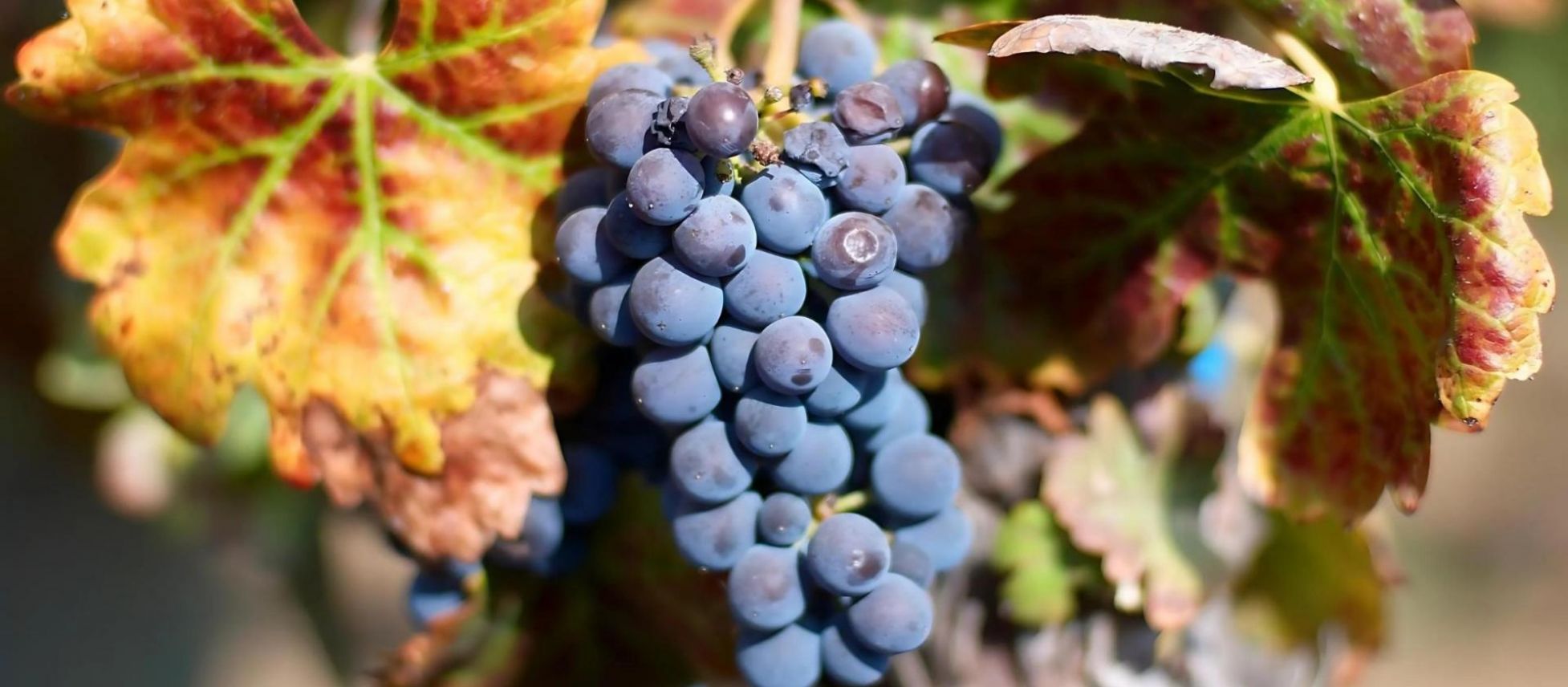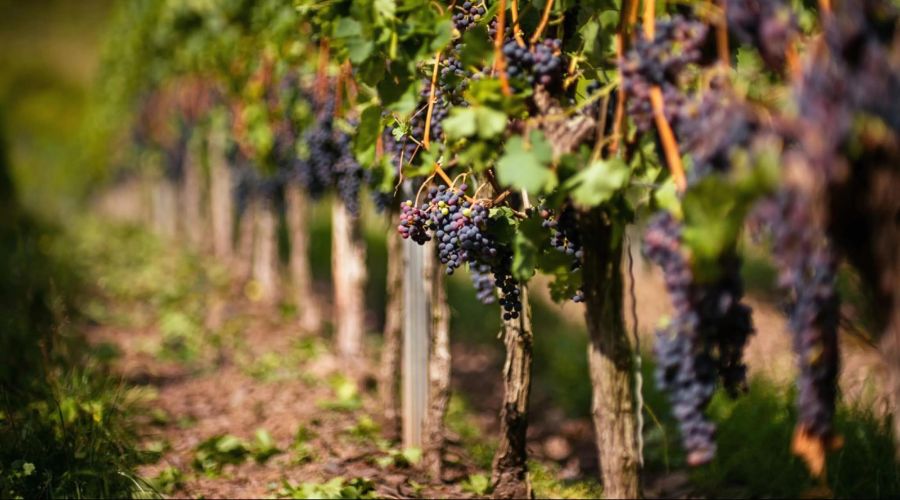Blog
Insights
The Current State of the Bulk Wine Business: Navigating Challenges Amid Surplus & Market Uncertainty

Navigating the Bulk Wine Business: Challenges of Oversupply, Market Shifts, and Pathways to Recovery
The bulk wine business, once the backbone of wine production’s efficiency and scalability, is undergoing a significant transformation owing to a confluence of market pressures. In recent years, the sector has grappled with a surplus of wine, fluctuating consumer demand, and economic challenges exacerbated by the COVID pandemic. As wineries and grape growers struggle to find a balance between production and consumption, the bulk wine market has emerged as a crucial battleground for the industry's future. Based on research in recent business reports, this article explores the current state of the bulk wine business, the driving factors behind its decline, and potential pathways forward.
A Glut of Grapes and Bulk Wine
The most significant factor shaping the bulk wine market today is oversupply. California, the world's leading wine-producing region, has seen an unprecedented surplus of grapes, leading to plummeting prices for both grapes and bulk wine. As outlined in a recent San Francisco Chronicle article, many grape growers have been forced to slash prices to rock-bottom levels in a desperate attempt to sell their harvest. Napa Valley Cabernet Sauvignon grapes, which historically commanded as much as $9,500 per ton, are now being offered for as low as $2,500, with growers still struggling to find buyers. This oversupply is not limited to California. Other wine regions, such as Oregon and Washington, have reported similar challenges.
The bulk wine market, which typically serves as a buffer for excess wine production, is now flooded. As a result, prices have dropped dramatically, and some grape varieties that used to be in high demand, such as Zinfandel and Merlot, are particularly hard-hit, with buyers being scarce even at historically low prices. One California buyer told Wine Business last month: “We’re trying to get our growers to understand it’s not likely that they’re going to sell their fruit. . . . There might be some late winery attempts to get fruit for almost nothing; they’ll take it for $500 to $1,000. Growers are just trying to recuperate their costs.”

Source: NZ Wine
Why Is the Bulk Wine Business Struggling?
Several key factors have contributed to the current crisis in the bulk wine market:
a) Declining Consumer Demand: Wine consumption in the U.S. has been stagnating, and recent trends suggest that younger generations, especially Millennials and Gen Z, are less interested in traditional wine than previous generations. Instead, they are turning to alternatives such as craft beer, spirits, and ready-to-drink (RTD) beverages. This shift has left many wineries with excess inventory, contributing to a reduced need for bulk wine.
b) COVID-19 Pandemic Effects: The pandemic disrupted the global supply chain and dampened sales at key outlets such as restaurants, hotels, and tasting rooms. Although online wine sales spiked during lockdowns, the industry never fully rebounded. Wineries stocked up on inventory during uncertain times, but as the hospitality sector reopens unevenly and consumer preferences shift, bulk wine is now languishing in storage tanks.
c) Overproduction: For years, vineyard expansion in California and other regions led to a significant increase in grape production, with the assumption that demand would continue to grow. However, as consumption plateaus and wineries are forced to sell off their existing stock before purchasing more, this has left producers with too much product and nowhere to sell it. As noted by Jeff Bitter, president of Allied Grape Growers, the industry is seeing its worst down cycle since the Great Recession.
d) Cancelled Contracts and Financial Instability: Another consequence of the oversupply is the cancellation of grape contracts by wineries, some of which have filed for bankruptcy, such as Vintage Wine Estates. Bankruptcy courts allow such companies to void contracts, leaving grape growers without expected buyers and pushing them to seek alternative markets, including bulk wine sales. This has compounded the financial instability for growers and small wineries, many of which rely on these contracts to stay afloat.
Bulk Wine Market Dynamics
In the face of these challenges, the bulk wine market has become highly competitive, with sellers undercutting each other to move products. On platforms such as WineBusiness.com, growers and wineries list bulk wine for sale at prices that reflect the dire state of the market. Deals offering premium Napa Valley Cabernet Sauvignon at $3,000 or even $2,000 per ton are becoming more common—prices unheard of in the region’s recent history.
For buyers, this presents an opportunity to purchase high-quality wine at bargain prices, but it is also a sign of deeper problems within the industry. While large wine conglomerates may be able to weather the storm and make strategic purchases of bulk wine to expand their portfolio, small and mid-sized producers, as well as independent growers, are facing existential threats. If these trends continue, more vineyards could be forced to sell off their land or leave grapes to rot on the vine.
[[relatedPurchasesItems-62]]
Short-Term vs. Long-Term Solutions
Industry experts are debating the best solutions to address the oversupply crisis in the bulk wine market. In the short term, many growers are opting to sell their grapes or bulk wine at whatever price they can get, just to cover costs and avoid significant financial losses. However, this approach risks driving prices even lower and prolonging the market’s recovery.
One potential long-term solution is the deliberate removal of vineyard acreage to bring supply back in line with demand. Jeff Bitter has called for 50,000 acres of grapevines to be removed in California alone, primarily targeting older or underperforming vines. This type of strategic vine removal, or “vine-pulling,” has been implemented in the past during periods of oversupply, and proponents argue that it would help stabilize the market and prevent further devaluation of bulk wine. A similar thing is happening in Spain’s Rioja region.
Additionally, some industry leaders believe that wineries should focus on innovation and diversification to attract new consumers. By embracing trends such as sustainable winemaking practices, low-alcohol and natural wines, and eco-friendly packaging, wineries can position themselves to appeal to younger drinkers who may be less interested in traditional wine categories. Bulk wine producers could also benefit from partnerships with emerging wine brands and retailers that cater to these evolving preferences.
The current prices of bulk wines also, of course, create opportunities for some, which amps up competition with those who make wine from proprietary vineyards. Steve Lohr of J. Lohr Vineyards & Wines recently told Beverage Trade Network that such business “models are working pretty well.” He clarified: “Where somebody else is actually making the wine, and then you're able to buy in bulk and blend it, that's never been us because that's not authentic. But boy, when you had a bumper crop here in ‘23, of really high-quality fruit, and that was just two years after one of the best vintages of this century, 2021, there's a lot of good wine out there to be had at very approachable prices.”
Steve Lohr explained the opportunity: “So, you can buy bulk wine at far below the cost of production, blend it, have pretty nice wine out there, and not have a whole lot of costs, not have all those assets [committed].” Conditions can change rapidly, however. “Therefore, right now it's tougher to be in the business that we're in, but I think for the long term we'll be there when some of those other brands may not, as wildfires and climate change all become issues, where fruit quality may be compromised, or certainly not as available, and/or more expensive in coming years.”

Source: Unsplash
The Road Ahead
The bulk wine business is at a crossroads, with both immediate challenges and long-term shifts on the horizon. The current market oversupply and reduced consumer demand have placed enormous strain on grape growers and bulk wine sellers, particularly those in California’s most prestigious regions. While there are no easy solutions, industry leaders are advocating for a combination of market corrections, such as vineyard removal, and innovative approaches to winemaking and marketing. For now, the bulk wine market offers unprecedented opportunities for buyers and unprecedented difficulties for sellers.
How the industry navigates this crisis will determine the future of wine production in California and beyond. Will the bulk wine business recover by embracing new trends and scaling back production, or will the current glut leave long-lasting scars on the wine industry’s landscape? Only time will tell, but for now, both grape growers and wineries must adapt to a “new normal” in the world of bulk wine.
Header Image Source: Shutterstock
Also Read:
Key Figures and Companies in the U.S. Bulk Wine Market
Navigating the Pros and Cons of Own-Label Projects for Medium-Sized Wineries
Understanding Consumer Preferences To Enhance B2B Sales
If you're a bulk wine or bulk spirits supplier, contract bottler, or private label producer aiming to connect with serious trade buyers, IBWSS San Francisco is the event you can't afford to miss. Get a quotation or Book a exhibitor table.

